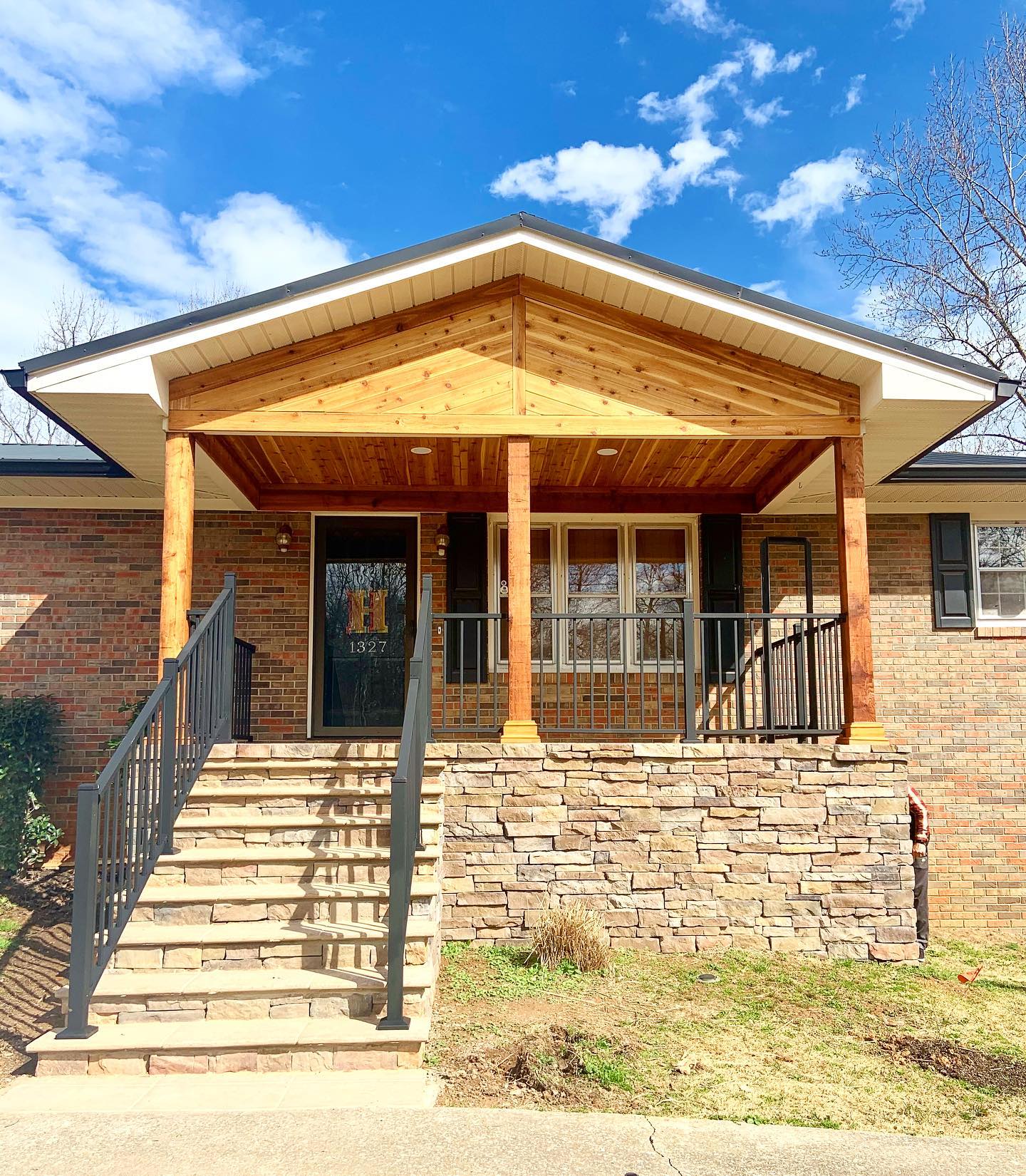
Discover the Beauty of Native Plants: Designing a Resilient Landscape Nov 17, 2025
Native plants are those that naturally occur in your region, having adapted over centuries to the local climate, soil, and ecosystem. By using native plants in your landscaping or hardscaping projects, you’re not only crafting a stunning natural environment but also supporting local wildlife, including pollinators like bees and butterflies. These plants have built-in resilience, as they are suited to the local rainfall patterns and temperature fluctuations, reducing the need for extensive watering and chemical interventions.
When designing a native plant landscape, the first step is understanding your region’s specific environment. At CSS Renovations, we encourage beginning with a soil and site analysis to identify the types of native plants best suited for your property. Consider the sunlight, shade, and soil type to choose species that will flourish naturally. This site-specific approach minimizes the need for fertilizers or pesticides and leads to a flourishing garden with minimal intervention.
A diverse selection of native plants can dramatically enhance the ecological balance of your garden. Incorporate a mix of shrubs, grasses, and perennials that offer varying textures and colors throughout the year. Plants such as Coneflowers, Milkweed, and Asters not only add vibrant hues but also attract a wide array of pollinators, boosting biodiversity. Native grasses like Little Bluestem provide visual interest and are incredibly drought-tolerant, perfect for a sustainable landscape design.
Creating layered plantings can further boost the resilience and aesthetic appeal of your landscape. Place taller plants towards the back or center of your garden beds and layer down to smaller ground-cover species. This technique not only creates depth but also ensures each plant gets the right amount of sunlight. The denser vegetation reduces evaporation, retaining more moisture in the soil, which is vital during dryer seasons.
Integrating native plants into hardscaping elements like stone paths or patios can create a harmonious balance between function and nature. Consider using permeable materials that allow water to seep through, reducing runoff and promoting groundwater recharge. Natural stone paths lined with native ground covers like Creeping Phlox or Wild Strawberry can create an inviting transition between hardscape and garden areas, providing visual continuity and cohesion.
Finally, maintaining a native plant garden demands minimal effort compared to traditional landscapes. Native plants are adapted to local conditions, meaning they can thrive without excessive watering, fertilizing, or pest control. This reduced maintenance provides you with more time to enjoy your garden rather than laboring over it.
In conclusion, designing a resilient landscape with native plants is not just about aesthetics; it’s a commitment to environmental stewardship. By choosing native, you support the local ecosystem, conserve resources, and create a landscape that grows naturally with minimal intervention. At CSS Renovations, we are passionate about creating beautiful, sustainable landscapes that reflect the unique character of your home and the local environment. Embrace the beauty of native plants and create a garden space that thrives with life and color all year round.
/filters:no_upscale()/media/7c9f36d2-54c5-4d98-8f48-4f7ea0c3ad52.jpeg)
/filters:no_upscale()/filters:format(webp)/media/a5f10c88-ea79-4db7-b9cf-ca070ba094ea.jpeg)